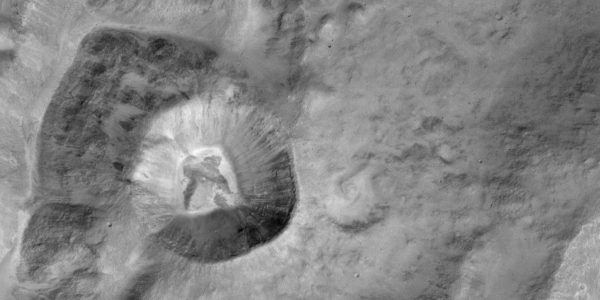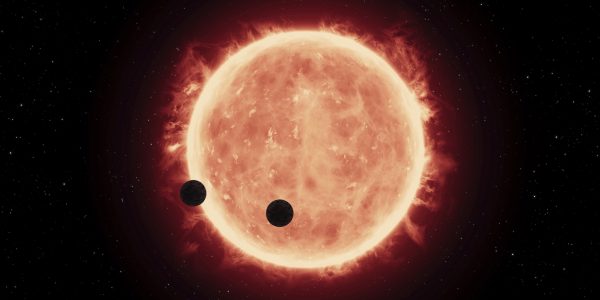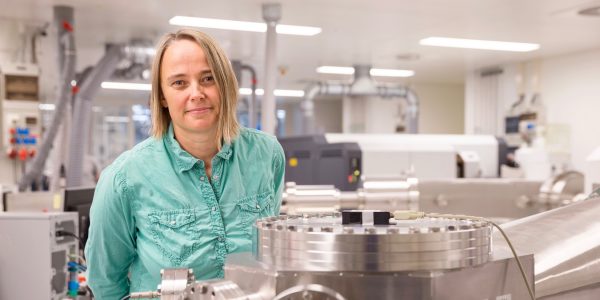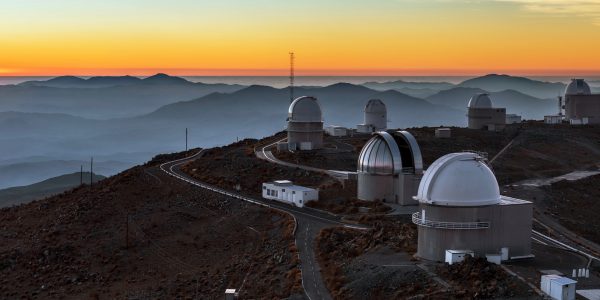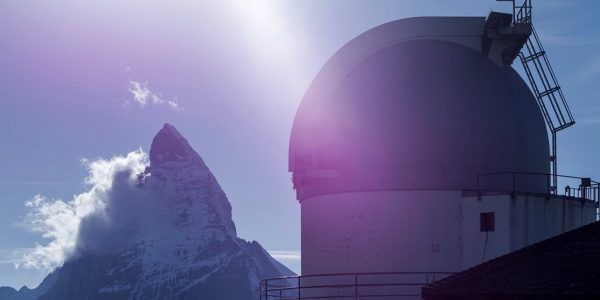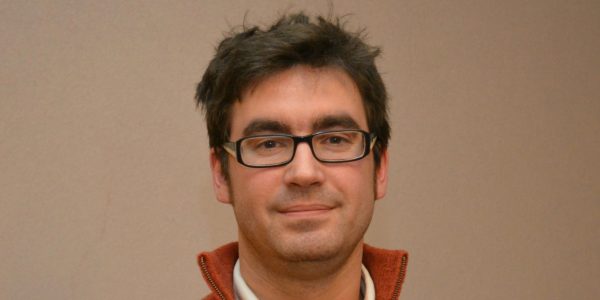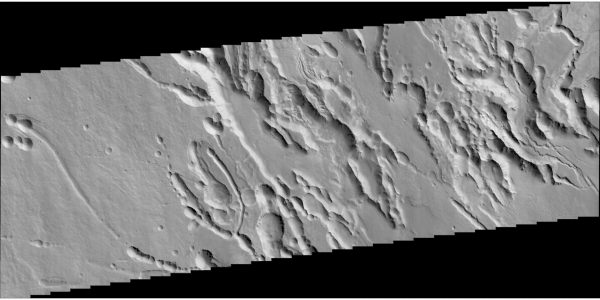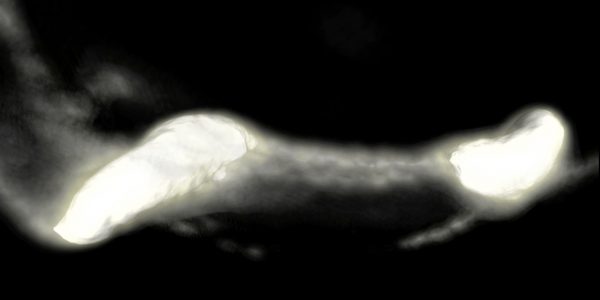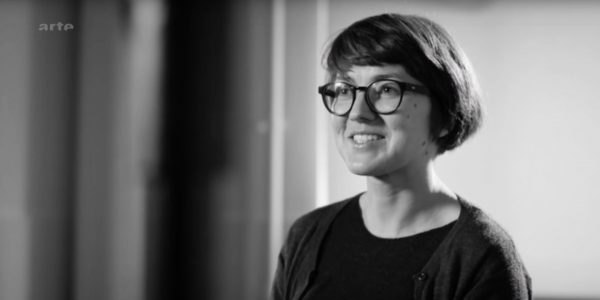News
Spectacular images of Mars
«We saw Hebes Chasma at 2.8 metres per pixel. That’s a bit like flying over Bern at 15’000 kilometres per hour and simultaneously getting sharp pictures of cars in Zurich,» says Nicolas Thomas, principal investigator of the Mars camera CaSSIS and Director of the Physics Institute at the University of Bern. The Bernese instrument made […]
Continue ReadingResearch highlights
In modern astronomy researchers not only observe celestial objects, but also build them in computers and follow their evolution over time. These simulations reveal exciting new insights that – of course – have to be validated by observations. In the last few weeks, members of PlanetS published new results about comets, giant planets and earth-sized […]
Continue ReadingHow taxpayers benefit
Click on “next” to see the first/next question. Click on the images to find out what she/he answers. The interviews were first published in the magazine “Schweizer Familie”, No. 41/2016.
Continue ReadingObserving in La Silla logbook
The cliché of the astronomer spending all his/her time the eye behind his/her telescope, looking to the sky, is outdated. Most of the life of the current astronomer is spent behind the screen of a computer. However there are still times where he/she goes to observe, in some remote place like La Silla observatory in […]
Continue ReadingSpace Trip on the Gornergrat
This October, the Stellarium Gornergrat launched two special weeks called “Space Trip” for hotel guests on site. Being a new format, we awaited the premiere with great expectations and were not disappointed. By Timm Riesen During the Space Trip weeks, hotel guests were offered one or two activities every day, introducing them to the night […]
Continue ReadingFOUR ACES wins ERC grant
On Thursday 17 November the European Research Council (ERC) announced to David Ehrenreich, leader of NCCR PlanetS sub-project 3.2 in Geneva, that his project submitted in February 2016 would be funded by a Consolidator grant. This grant is awarded by the ERC to researchers who have between 7 and 12 years of experience and it […]
Continue ReadingCaSSIS sends first images from Mars orbit
The Mars Camera, CaSSIS, on the ExoMars Trace Gas Orbiter captured its first high resolution images of the Red Planet last week. The Bernese camera worked almost perfectly and has provided spectacular views of the surface. CaSSIS (Colour and Stereo Surface Imaging System) has been developed by a team from the University of Bern led by […]
Continue ReadingWhen scientists get emotional
“Launches are inherently dangerous,” said Nicolas Thomas, when he waited at Baikonur Cosmodrome for ExoMars to lift off in March 2016: “There is always some sort of a risk of something blowing up. As long as the thing doesn’t blow up when I am too close to it.” Thomas is Principal Investigator of CaSSIS, the […]
Continue ReadingChury is much younger than previously thought
Based on computer simulations, Astrophysicists at the University of Bern conclude that the comet Chury did not obtain its duck-like form during the formation of our solar system 4.5 billion years ago. Although it does contain primordial material, they are able to show that the comet in its present form is hardly more than a […]
Continue ReadingThe search for truth
A TV documentary called „The Luther Code“ asks how modern mankind has emerged and what the future will bring. In its second episode, broadcast on 29 October 2016 on Arte, it featured astrophysicist Caroline Dorn at the University of Bern. You can now watch the documentary in German online on Arte Mediathek.
Continue Reading
